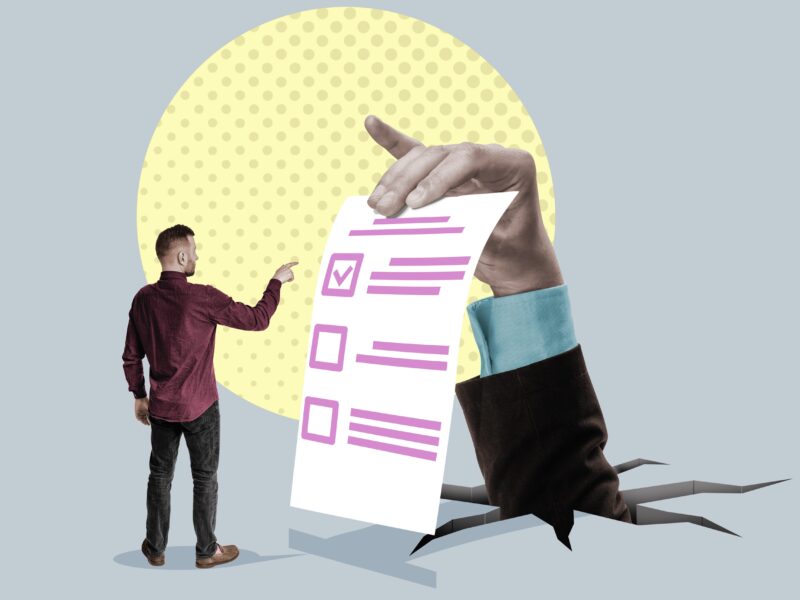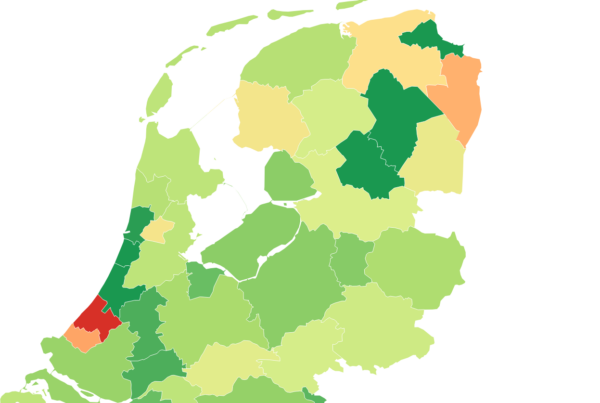- Biden announced up to $20,000 in student-loan forgiveness for federal borrowers on Wednesday.
- He also announced details for a new income-driven repayment plan.
- The proposed plan would lower monthly payments and prevent interest from accruing.
If you have a remaining student-loan balance after President Joe Biden's debt cancellation, other forms of relief might be on the way.
On Wednesday, Biden announced up to $20,000 in student-loan forgiveness for Pell Grant recipients, along with $10,000 in relief for other federal borrowers who make under $125,000 a year. Coupled with the debt cancellation was Biden's fifth extension, and what he said is the "final" one, of the student-loan payment pause through December 31. The two announcements have been long-awaited and marked a step toward Biden's fulfillment of his loan forgiveness campaign pledge.
"Our approach is why America's economic recovery was faster and stronger than any other advanced nation in the world. And now it's time to address the burden of student debt the same way," Biden said during his Wednesday announcement. "Working closely with the Secretary of Education… my administration is going to provide more breathing room for people so they are less burdened by student debt. And quite frankly, to fix the system itself, which when we came in, we both acknowledged was broken."
Part of fixing that system — which Biden pledged to do during his campaign — is reforming broken repayment programs, like income-driven repayment (IDR) plans that calculate borrowers' monthly payments based on their income with the promise of loan forgiveness after 20 or 25 years. As Insider previously reported, those payment plans have been deeply flawed due to student-loan company errors, like failing to track borrowers' payments, keeping them paying off their debt much longer than necessary.
That's why, as part of the Education Department's regulatory process, it announced proposals to streamline IDR plans that would make monthly payments more affordable and prevent interest from spiraling. Borrowers just got a first-look at what the new plan might entail. Here's what we know so far.
Proposal to lower your monthly payments
Here's is what the Education Department is proposing for its new IDR plan:
- Require borrowers to pay no more than 5% their discretionary income monthly on their undergraduate student loans — down from the current 10%
- Raise the amount of income that is considered non-discretionary — or essential spending — to ensure no borrower earning under 225% of the federal poverty level will have to make a monthly payment through IDR
- Forgive remaining student debt for borrowers with balances under $12,000 after 10 years of payments, instead of 20 years
- Prevent unpaid monthly interest from adding onto a borrower's principal balance as long as borrowers are making their monthly payments, even if that payment is $0 due to their income level.
While many Democrats have been pushing for reforms to IDR following revelations of flaws with the plans, many Republican lawmakers have criticized the idea of introducing another plan, in addition to what's already been implemented. Through recent legislation, three GOP lawmakers proposed blocking Biden from putting forth another plan and ending the loan forgiveness promise that comes with it.
Still, the plan is just a proposal at this point, and it will enter a period of public comment before finalization and implementation. The department will also be announcing further details on loan forgiveness in the coming weeks, and borrowers can sign up here to be notified of any updates.










